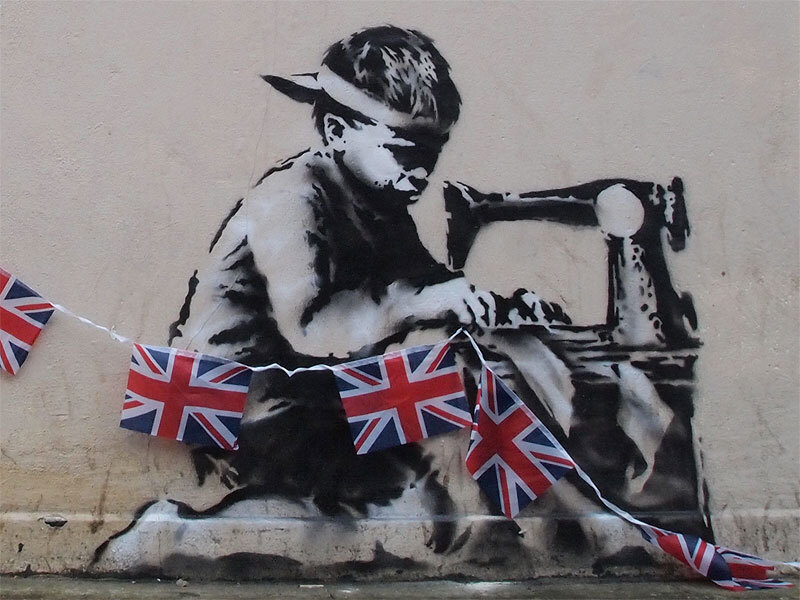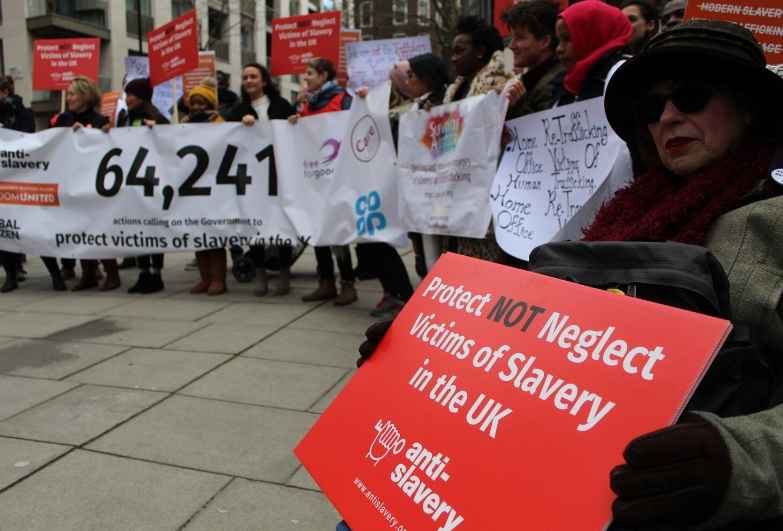

Reported cases of modern slavery have been on the rise in the United Kingdom throughout the last decade, and London is one of the UK’s hotspots.
In the 2021 UK Annual Report on Modern Slavery, it was revealed that across the UK: “The force recording the highest number of modern slavery offences was the London Metropolitan Police, accounting for 26% (2,282) of all offences.”
According to the report: “More potential victims are being identified and protected due to a greater awareness and improved understanding of modern slavery.”
Modern Slavery is detected and prevented through the National Referral Mechanism (NRM), a framework for identifying and referring potential victims of modern slavery to ensure they receive the appropriate support.
The NRM framework was created in 2009, and since 2019 a Single Competent Authority (SCA) gathers information from inside the Home Office, and from other external organisations, to decide if a person is a victim of modern slavery.
The annual report said: “[there has been] an increase in the level of police referrals to the NRM, 32% in 2020 compared to 26% in 2019…[and] an increase of 27% in police investigations.”
Only ‘first responder organisations’ like police departments are authorised to refer a potential victim of modern slavery into the NRM. Other authorised ‘first responder authorities’ include non-governmental organisations (NGOs), and government agencies.
By working together with partner organisations and the National Police Chief Council (NCCP) – the representative body for British police chief officers – the NRM managed to uncover over 2,200 potential victims in London last year.
While London remains the most common area for recorded modern slavery cases in the UK, it also occurs elsewhere. Case rates in the UK have risen exponentially since 2010 from less than 1,000 cases to over 10,000.
2010 figures revealed the number of potential victims was 724, a decade later this figure grew to 10606, and so far, 6082 people have been referred this year.
2021 also marks the first-time ministerial government departments are publishing their own annual modern slavery statements. They are joining a modern slavery statement registry of over 22,000 organizations including M&S, Tesco, BT and Unilever.
One of the main focuses of the Home Office’s statement, and those of other organisations, is transparency. A common form of modern slavery is forced labour – and this can happen in any organisation – so tracing supply chains is key.
The Home Office announced they will be publishing a new statement next year, and committed to keep releasing the National Referral Mechanism and Duty to Report statistics quarterly.
NRM and NCCP are not the only ones fighting modern slavery. The organisation Anti-Slavery International focuses on addressing the root causes of modern slavery and helping potential victims have sustainable futures.
They believe more can be done by the public and said: “As consumers we have power. Engage with the businesses you purchase from by checking on their website whether they have a modern slavery statement, and ask them what they are doing to ensure their goods and services are not tainted by slavery.”
Anti-Slavery International also believe the government is making matters worse through the Government’s new Nationality & Borders Bill. By criminalising asylum seekers who enter the country illegally they fear that the bill will make it difficult to identify victims of trafficking by creating a hostile environment towards them.
“If the Bill is not urgently amended, we could see adult and child victims of slavery – including many from the UK – people could be penalised for not disclosing to the authorities straight away that they have been trafficked.”
